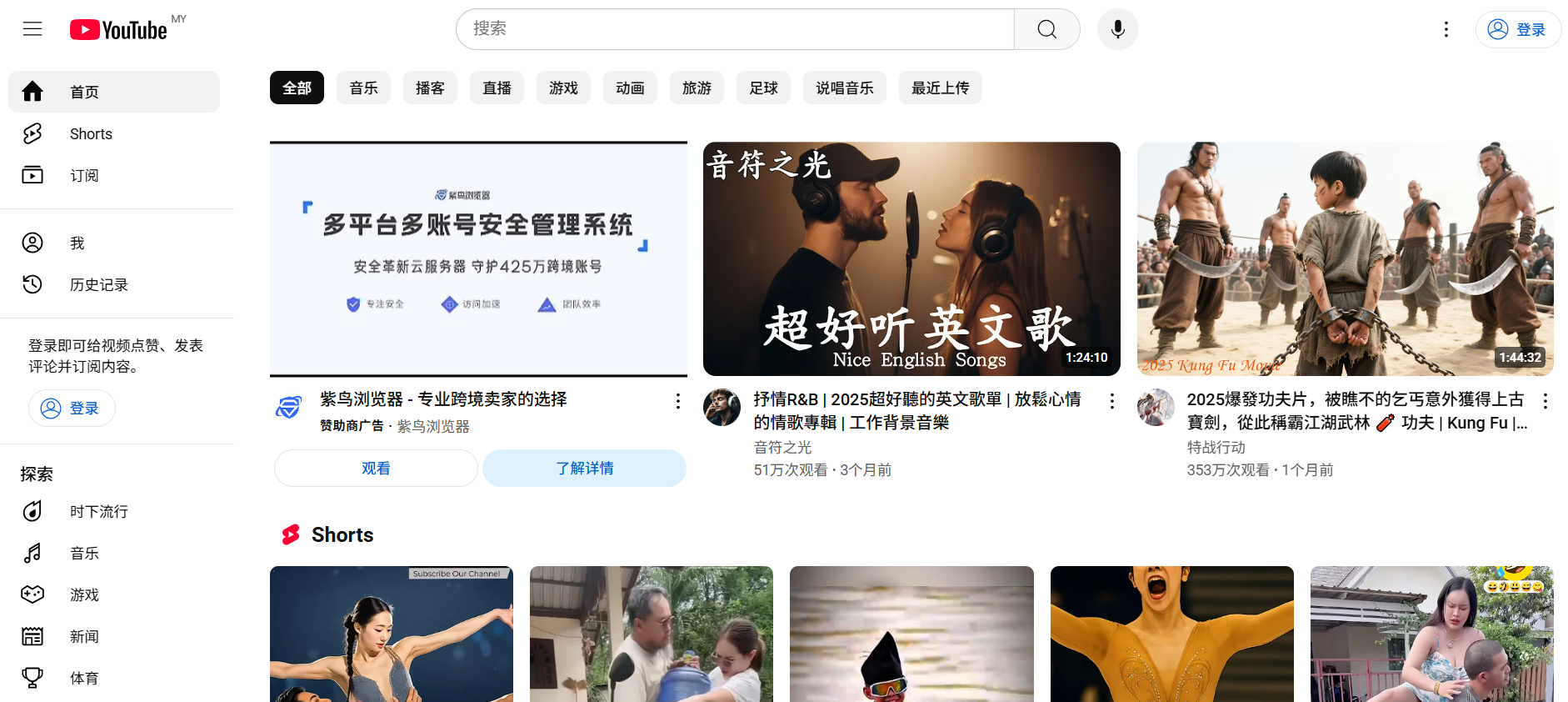Founded on February 14, 2005, by three former PayPal employees—Chad Hurley, Steve Chen, and Jawed Karim—
YouTube has grown into the world's largest video-sharing platform. Currently owned by Alphabet Inc. (Google's parent company), YouTube revolutionized how people consume and share video content globally.
The platform's name combines "You" (representing user-generated content) and "Tube" (a reference to television cathode ray tubes, colloquially called "the tube"). This clever naming reflects YouTube's mission to democratize video broadcasting.
YouTube official Website: https://www.youtube.com
Historical Development
Early Years (2005-2006)
The first video, "Me at the zoo," was uploaded by co-founder Jawed Karim on April 23, 2005
Rapid growth led to 100 million daily views by July 2006
Google acquired YouTube for $1.65 billion in November 2006
Expansion Phase (2007-2015)
-
Introduction of HD (720p) support in 2008
-
Launch of live streaming in 2008 (initially for select partners)
-
Mobile app release in 2012
-
YouTube Red (later YouTube Premium) subscription service launched in 2015
-
Modern Era (2016-Present)
-
VR and 360-degree video support
-
Introduction of YouTube Shorts to compete with TikTok
-
Advanced AI-based recommendation algorithms
-
Enhanced monetization options for creators
Platform Features
Core Functionality
Video uploading (supports up to 8K resolution)
Commenting and community interaction
Subscription system for following channels
Playlist creation for content organization
Monetization Options
Ad revenue sharing through YouTube Partner Program
Channel memberships
Super Chat during live streams
Merchandise shelf integration
Content Moderation
Content ID system for copyright management
Community Guidelines enforcement
Age-restriction protocols
Fact-checking information panels
Cultural and Economic Impact
Social Influence
Creation of new entertainment formats (vlogging, reaction videos)
Emergence of influencer culture
Platform for social movements and activism
Educational resource through tutorial and lecture content
Economic Effects
Creation of the "creator economy" worth billions annually
Disruption of traditional media industries
New career paths in digital content creation
Significant advertising revenue stream for Google
Technical Specifications
Platform Architecture
Uses HTML5 video player as default
Supports adaptive bitrate streaming
Employs machine learning for recommendations
Processes 500 hours of new content every minute
Accessibility Features
Automatic captioning
Screen reader compatibility
Keyboard navigation support
Adjustable playback speeds
Current Statistics (as of 2025)
Over 2.7 billion monthly logged-in users
Available in 100+ countries and 80+ languages
More than 500 hours of video uploaded per minute
Over 1 billion hours of content watched daily
Approximately 37 million active channels
Future Prospects
Increased integration of AI tools for creators
Expansion of virtual reality content
Enhanced e-commerce capabilities
Development of more sophisticated analytics
Potential challenges from emerging competitors
YouTube continues to evolve as the dominant force in online video, shaping global culture, entertainment, and information sharing in the digital age.


